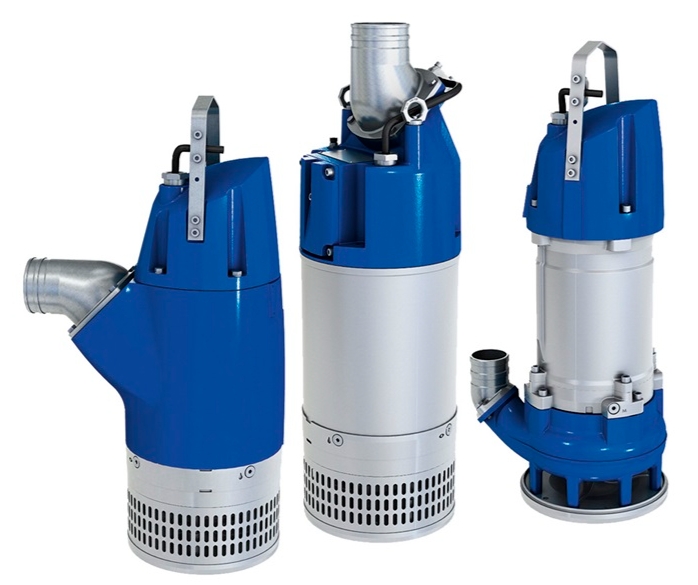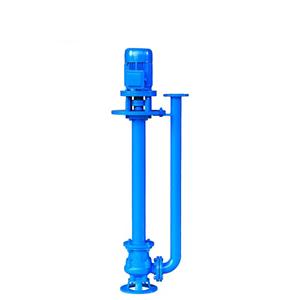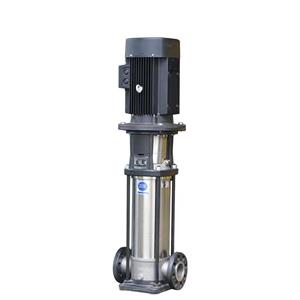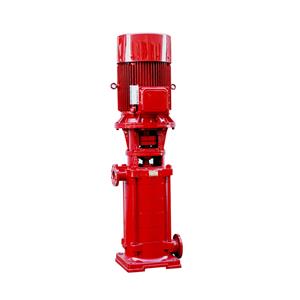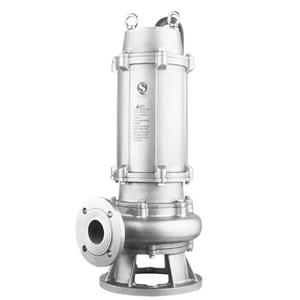Safety Precautions and Best Practices for Sludge Submersible Pumps
Safety Precautions and Best Practices for Sludge Submersible Pumps
Ensuring Safe Operation
Operating sludge submersible pumps safely is paramount to prevent accidents, injuries, and equipment damage. These pumps often work in challenging environments, handling hazardous materials, so adhering to safety precautions and best practices is crucial. This post will outline the key safety measures and best practices for using sludge submersible pumps.
Personal Protective Equipment (PPE)
When working with sludge submersible pumps, always wear appropriate PPE to protect yourself from potential hazards:
Gloves: Wear heavy-duty gloves to protect your hands from sharp objects, abrasive materials, and chemicals in the sludge.
Safety Goggles: Protect your eyes from splashes and debris with safety goggles or a face shield.
Protective Clothing: Wear waterproof and chemical-resistant clothing to shield your skin from harmful substances.
Respiratory Protection: In environments with harmful gases or dust, use a respirator or mask to prevent inhalation of hazardous particles.
Electrical Safety
Electrical safety is critical when operating submersible pumps, especially in wet conditions:
Grounding: Ensure that the pump is properly grounded to prevent electric shock. Regularly check the grounding connection for integrity.
Circuit Protection: Use circuit breakers or fuses to protect the pump from electrical faults. Ensure that these devices are correctly rated for the pump's electrical requirements.
Inspect Cables: Regularly inspect the power cables for damage, such as cuts or exposed wires. Replace damaged cables immediately to prevent electrical hazards.
Avoid Water Contact: Keep electrical connections and controls away from water to prevent short circuits and electric shock.
Operational Safety
Follow these best practices to ensure safe operation of the pump:
Pre-Start Checks: Before starting the pump, inspect it for any visible damage, ensure it is properly submerged, and verify that all connections are secure.
Avoid Dry Running: Never operate the pump without sufficient liquid, as dry running can cause overheating and damage to the motor and seals.
Monitor Operation: Continuously monitor the pump during operation for any unusual noises, vibrations, or leaks. If any issues are detected, stop the pump immediately and investigate.
Emergency Stop: Ensure that an emergency stop button is easily accessible in case of an emergency. Train all operators on how to use it.
Environmental Considerations
Handling sludge can have environmental implications, so it's essential to follow best practices to minimize impact:
Containment: Ensure that the sludge is properly contained during transfer to prevent spills and contamination of the surrounding environment.
Disposal: Dispose of sludge in accordance with local regulations and guidelines. Use approved disposal sites and methods to prevent environmental harm.
Spill Response: Have a spill response plan in place, including appropriate containment and cleanup materials, to address any accidental spills promptly.
Conclusion
Safety should always be a top priority when operating sludge submersible pumps. By adhering to these safety precautions and best practices, you can protect yourself, your equipment, and the environment, ensuring safe and efficient operation.